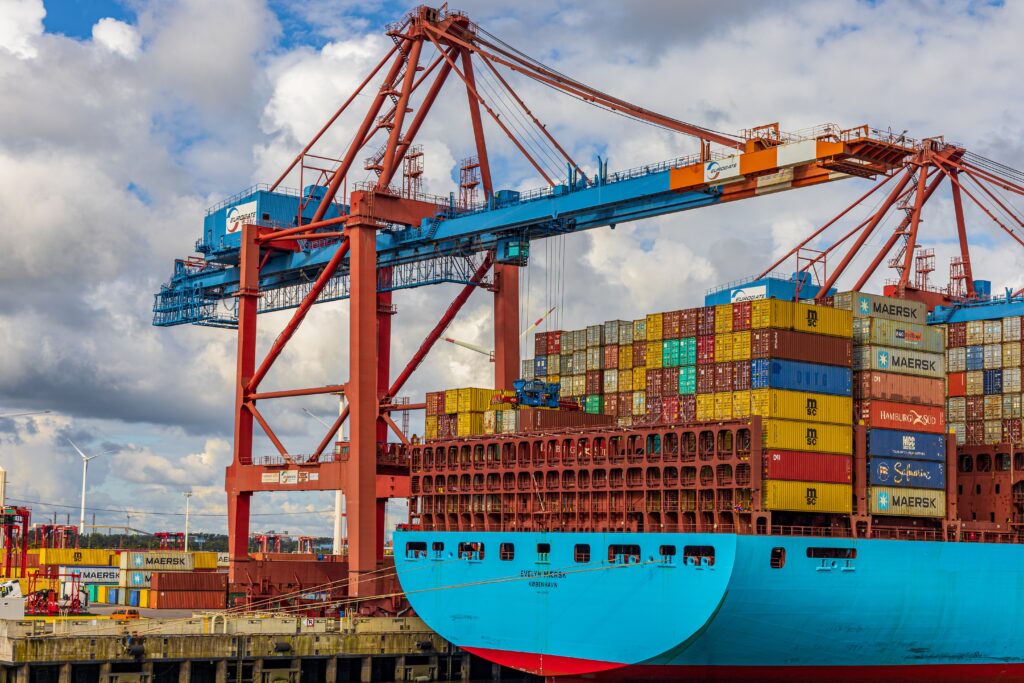The State of the US Economy in the Second Quarter the economy grew at a healthy pace in the second quarter. Consumer spending and fixed investment were substantial contributors to GDP growth.
The federal government plays a limited direct role in running the nation’s economic enterprises, but it regulates various aspects of all industries. For example, it oversees worker safety and environmental concerns.
The U.S. economy is a mixed economy.
The United States has a mixed economy that blends features of both free market and command economies. It operates as a free market in consumer goods and business services, but it has a command economy with regard to defense, some aspects of retirement benefits, and medical care.
The government regulates many industries in the United States to protect consumer rights, address environmental problems, and prevent future economic crises. For example, the government sets safety standards for factories and vehicles and ensures that consumers receive high-quality food and prescription drugs.

The United States is also part of the global economy and its economic performance is linked to that of other countries through trade and financial markets. For example, US multinational companies have affiliates abroad that contribute to GDP and employment and US stock market capitalization. Also, global economic developments often drive synchronized business cycles in the United States and other countries.
The U.S. economy is a diversified economy.
As a large country with many natural resources, the United States is home to a diverse economy. It is rich in minerals and fertile farmland, and its extensive coastlines on the Atlantic and Pacific oceans, and inland Great Lakes provide access to international shipping routes.
The US economy is highly interconnected with the global economy. Growth setbacks in other countries and policy changes that affect market access for US companies have strong spillover effects. Moreover, the synchronization of business cycles between the US and other advanced economies has increased in recent years.
A surge in US growth, for example, could boost global growth through several channels, including an increase in trade and financial flows with other countries, a boost in investment by US multinationals in their foreign affiliates, and the direct effect of changes in US monetary policy on world interest rates. In addition, the global economy is important for the US through the large share of its output and employment by subsidiaries of US multinationals and foreign firms located in the US (Figure 2). This article originally appeared on the Council on Foreign Relations’ website.
The U.S. economy is a service economy.
The United States is one of the world’s most powerful economies, yet its citizens struggle to meet their basic needs. The country has vast natural resources, fertile farm soil, and a diverse population spread across 50 states and territories.
The majority of American workers work in the service economy, from providing health care and food to transporting goods and making sure they get to consumers. These workers make up more than three-fourths of the private sector workforce.
The US economy is highly interconnected with the global economy through trade and investment links. Consequently, growth setbacks originating in other economies or policy changes that restrict market access for US companies can have significant spillover effects on the US economy (Figure 3.A).
The U.S. economy is a manufacturing economy.
Manufacturing is the engine of America’s economy. It is the main source of employment in nearly half of our counties. It employs a broader swath of our population than service industries and pays twice as much as comparable service-sector jobs.
A strong manufacturing economy is vital to our national security and our ability to compete with the emerging economies of Asia, Africa, and Latin America. But the traditional ways of measuring the industry’s significance—value added or job creation numbers—are not adequate.
A standard method would help bring more stability to these metrics, better represent the activities taking place within the sector, and highlight our collective progress over time. And this is what the Administration is working on through its Manufacturing USA program. It aims to build communities of organizations—including supply chains—that prepared to develop and implement new production paradigms in the US. These fledgling ecosystems will enable the nation to produce the goods and services that we need.



